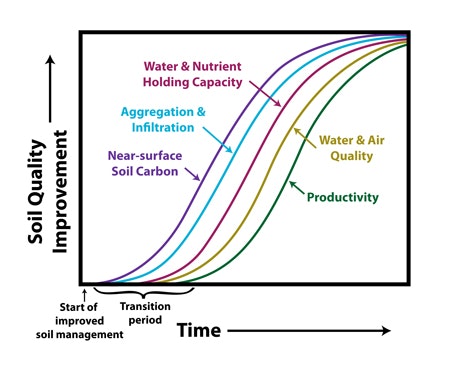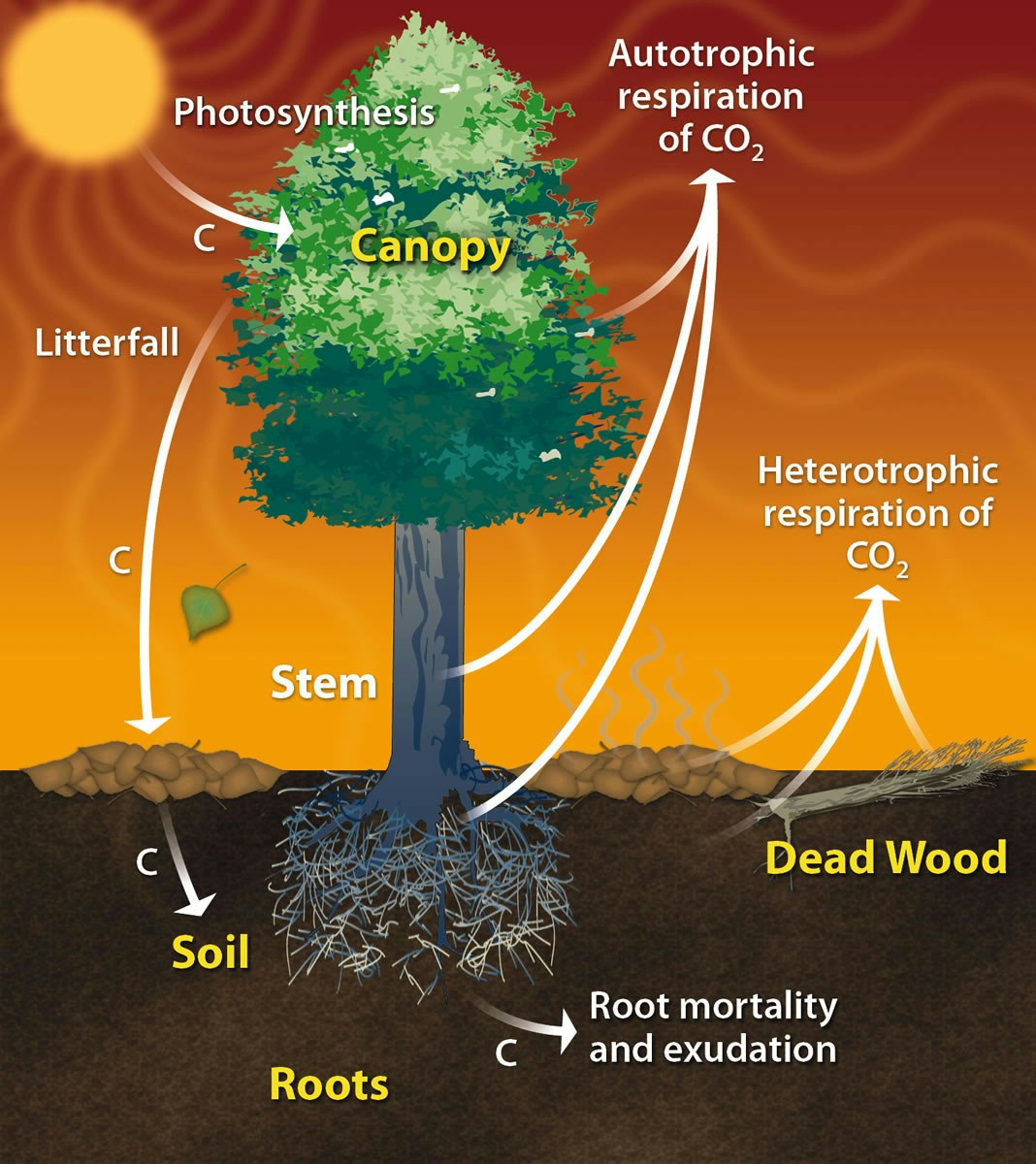Conservation & Carbon Farm Planning
INTERESTED IN HAVING A CONSERVATION PLAN OR CARBON FARM PLAN FOR YOUR FARM OR RANCH?
The Glenn County Resource Conservation District (RCD) is seeking volunteer Glenn County farmers or ranchers who would like a Conservation Plan, focused on Soil Management, or Carbon Farm Plan.
Click Here to complete a Glenn County Farmer/Rancher Interest Form
A Conservation Plan identifies the customer’s conservation objectives and assesses and analyzes the natural resources issues on that customer’s land related to soil, water, animals, plants, air, energy, and human interaction. The conservation plan includes tools and resources customized specifically for each customer, like a land use map, soils information, photos, inventory of resources, economic costs and benefits, schedule of recommended practices, maintenance schedules, and engineering notes — all based on the customers' goals and the resource needs. The plan is written in a clear, step-by-step format that meets each individual customer’s needs. Customers choose options that suit their circumstances and time schedule. The conservation planning process is a collaboration between the conservation planner and the customer. Conservation planners are there every step of the way to assist customers with implementation as needed. ***This particular opportunity will focus on the Soil Health Management Plan type of Conservation Plan.
A Carbon Farm Plan is similar to the well-known Conservation Plan; however, a Carbon Farm Plan is a guiding document that outlines conservation management practices which help farmers/ranchers address the resource concerns AND maximizes carbon capture into the soil and into vegetation to boost farm productivity.
More carbon = more soil life = healthier soil = healthier crops
The graph below is from the USDA-Natural Resources Conservation Service and shows the benefits to soil health over time when managing lands to improve soil health.

So how do we capture more carbon on our landscape? There are a variety of carbon farming practices that can increase carbon sequestration from the atmosphere into the soil.
The graphic below shows how a tree sequesters carbon. The tree absorbs carbon (and sunlight) through its leaves during photosynthesis, retains some in its trunk and leaves and pumps some of it into the soil through its roots. ALL LIVING PLANTS ARE DOING THIS ALL DAY. When the plant matter falls to the ground and decomposes some the carbon embodied in it goes into the soil.

Source: U.S. Department of Energy Office of Biological and Environmental Research
So what’s the easiest way to capture more carbon? GROW MORE PLANTS! Plant some cover crops, plant low lying vegetation along your field borders, or plant a hedgerow. The more plants you have growing the more carbon you are cycling through your system the more food and habitat there will be for your soil ecosystem. Other carbon farming practices include mulching, reducing tillage, compost application, prescribed grazing, and alley cropping.
Check out NASA’s webpage on climate change to learn more.
To learn more about carbon farm planning, also check out the website of our partner the Carbon Cycle Institute.
